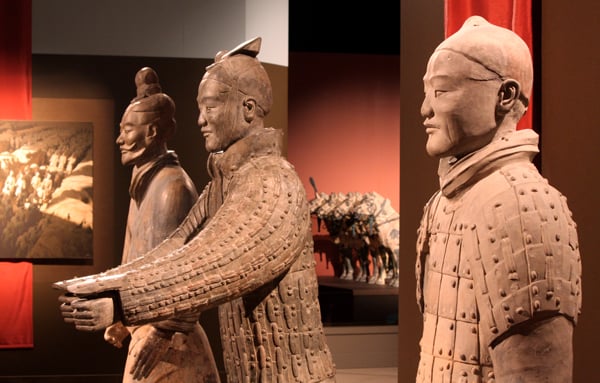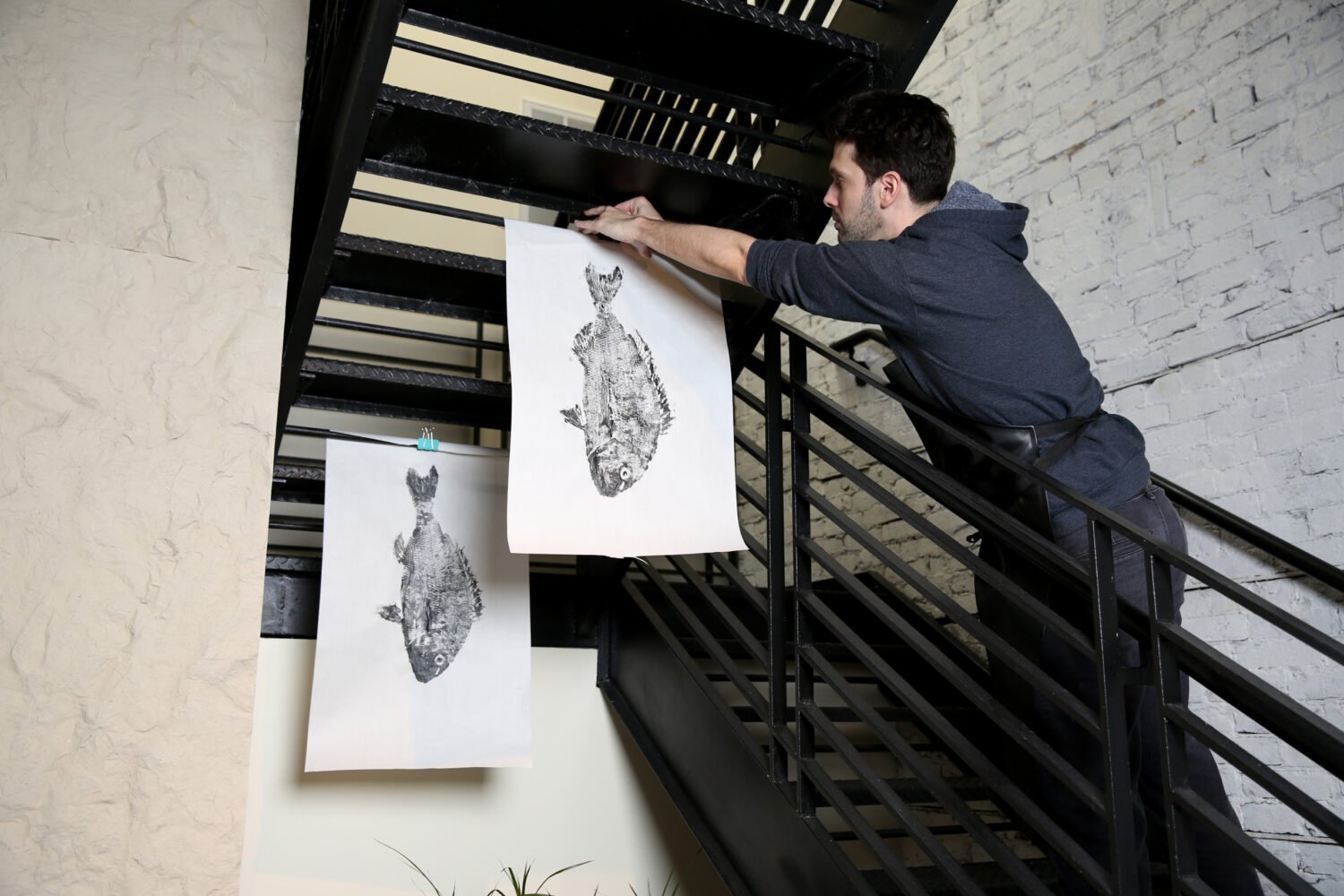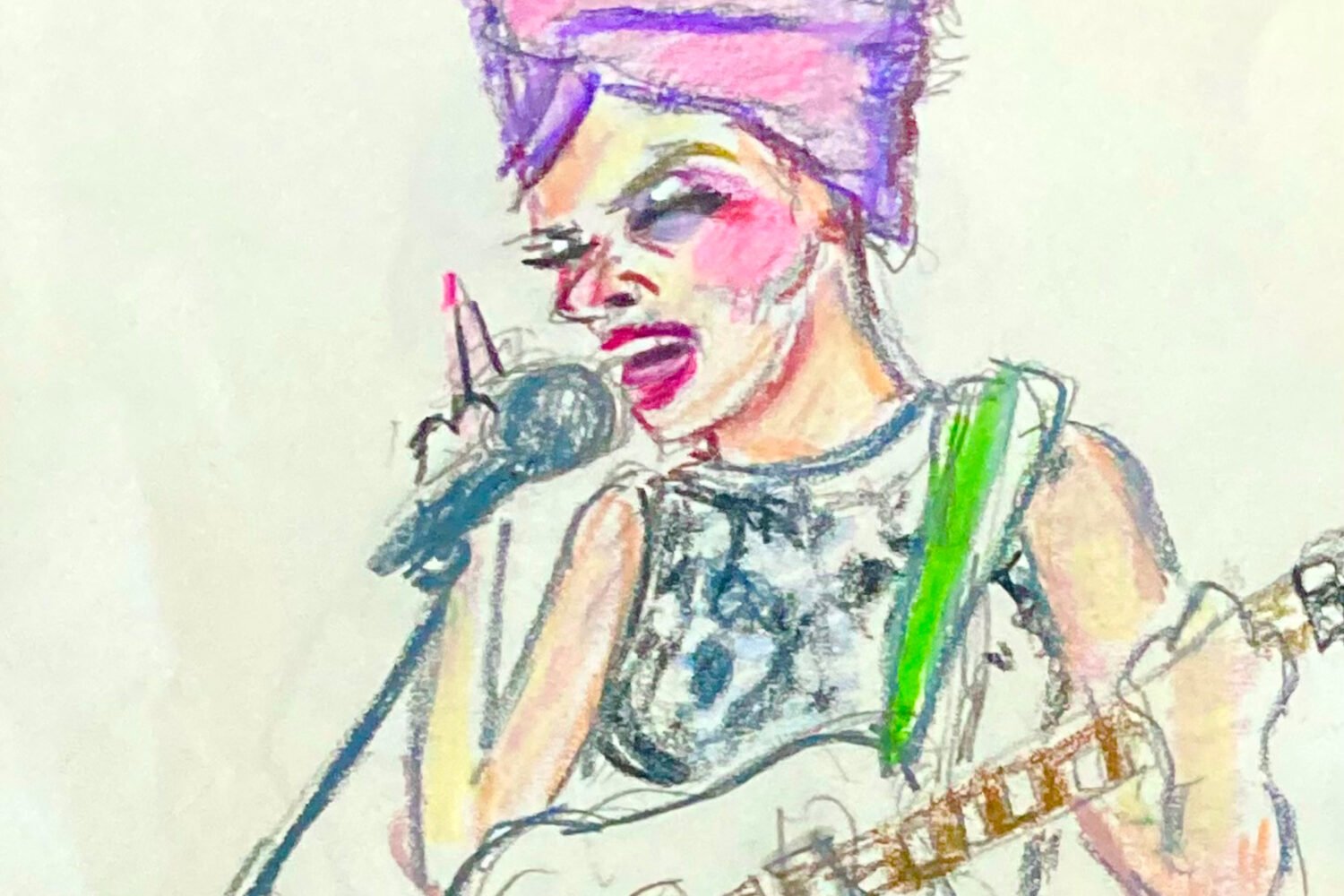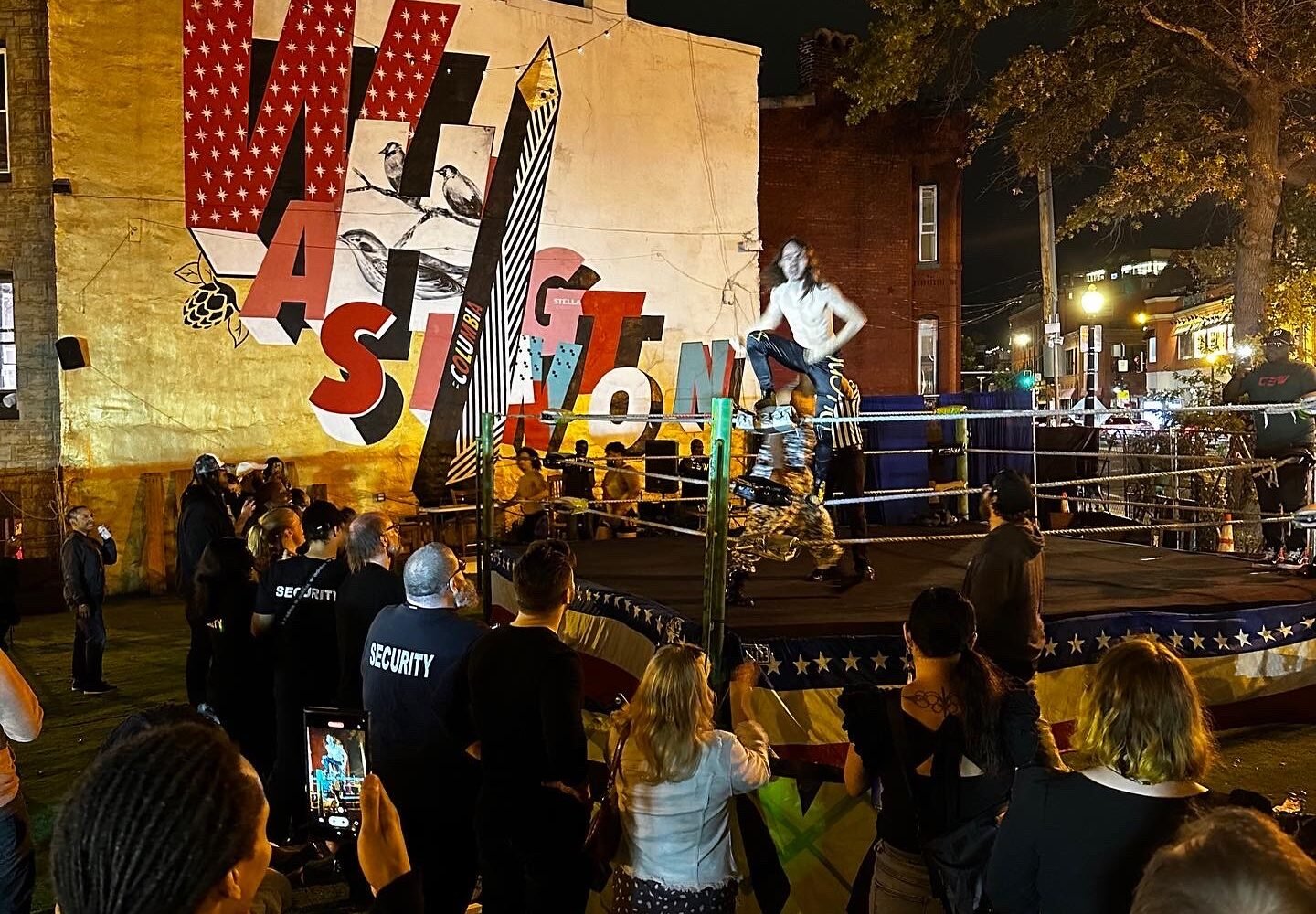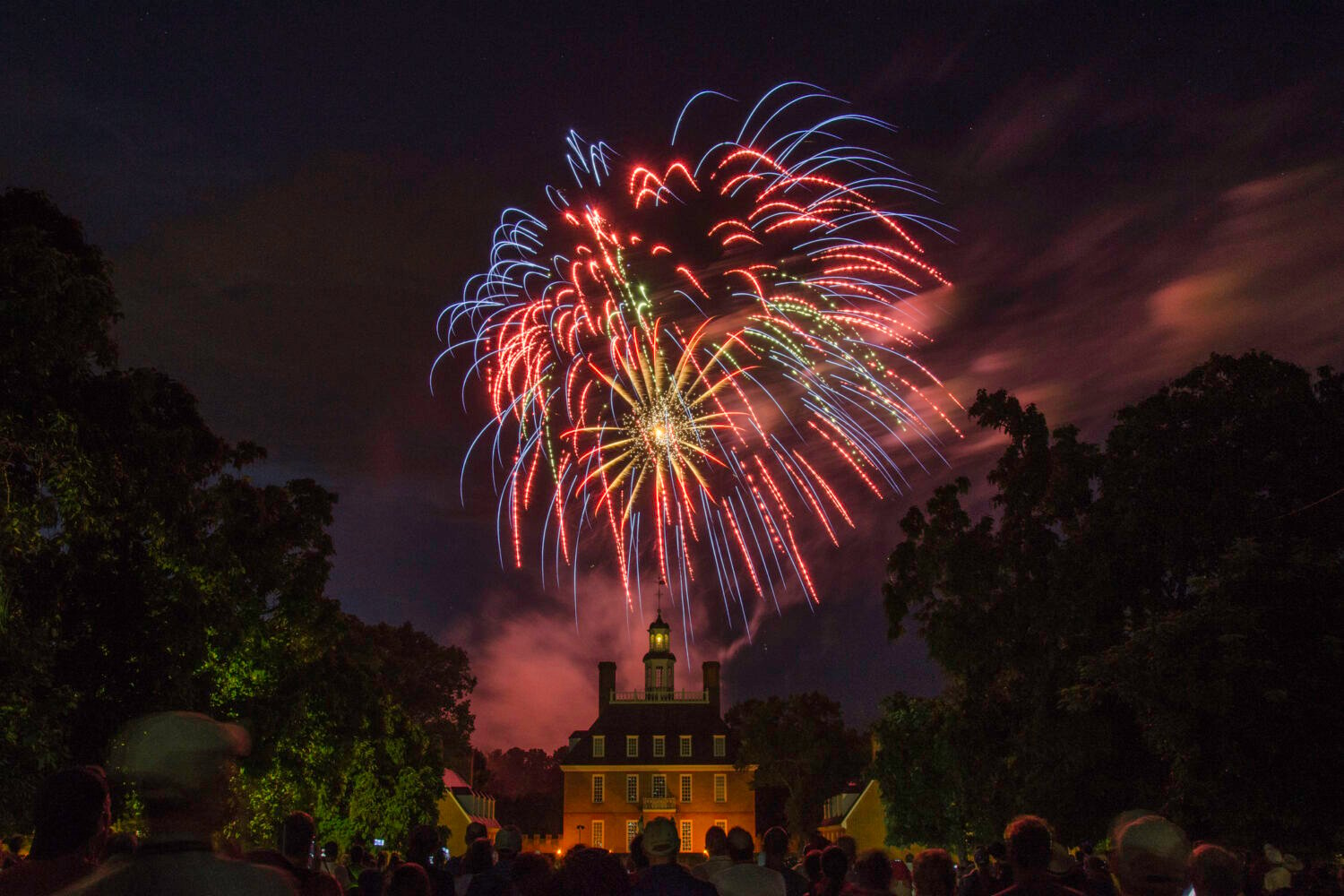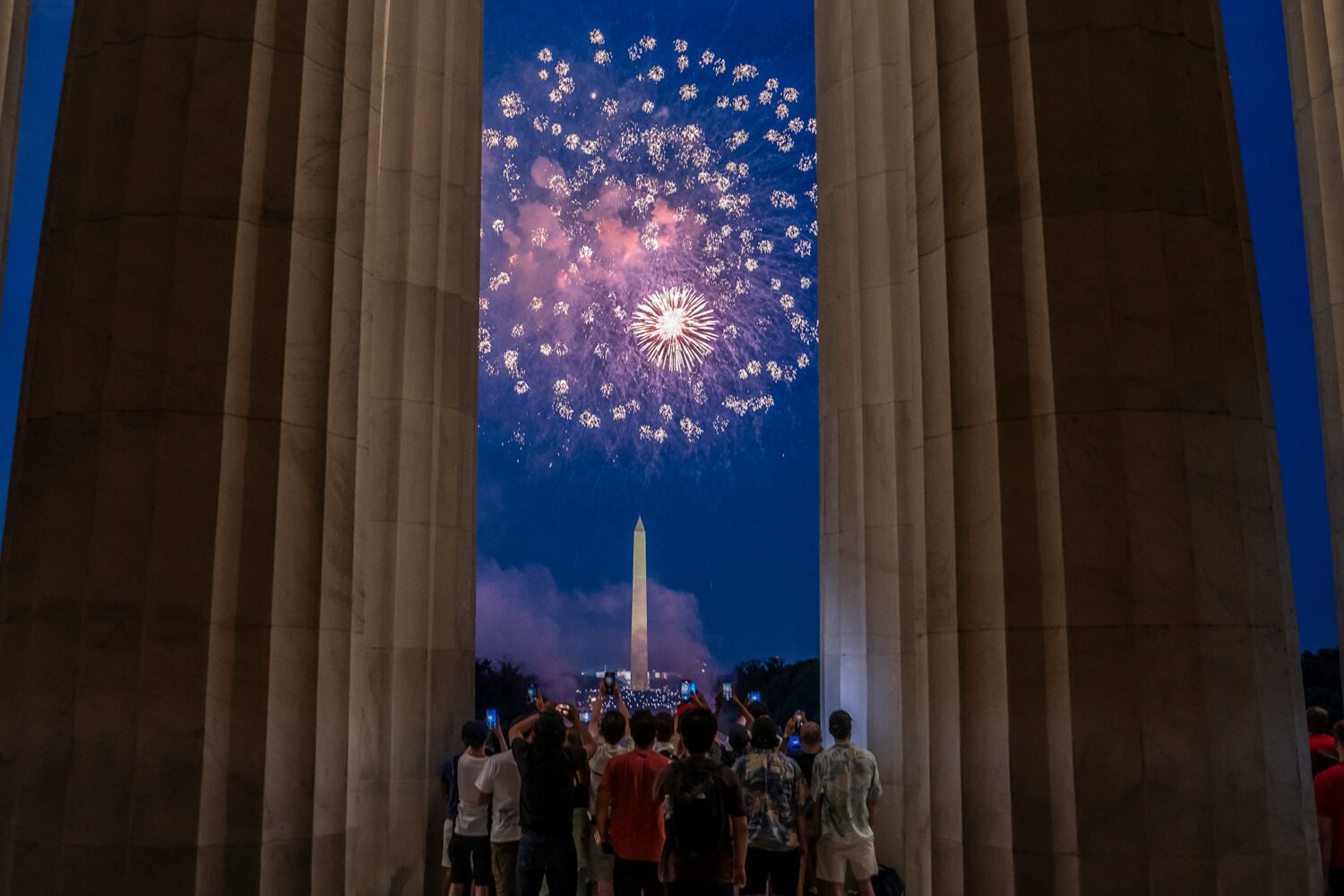Between Ping-Pong, McDonald’s, and fortune cookies, the United States and China have a rich history of cultural exchange. Therefore, it’s only appropriate that on the week President Obama tours China, the National Geographic Museum is welcoming the long-awaited exhibit “Terra Cotta Warriors: Guardians of China’s First Emperor.”
Described as “one of the most important archaeological discoveries in the world” by the museum’s director, Susan Norton, the exhibit—debuting Thursday and on display through March—features 100 relics and 15 life-size terra-cotta figures that had remained buried for more than 2,000 years in the tomb of China’s first emperor, Qin Shihuangdi (ruling from 221 to 210 BC). Discovered when a group of farmers went into a field to dig a well, the necropolis reveals an estimated 7,000 warriors in a virtual underground city created to protect the emperor as he journeyed into the afterlife. The display is the largest showcase of terra-cotta figures ever to travel to the United States and marks the first time the National Geographic Museum has charged money for an exhibit. So far, more than 96,000 advance tickets have been sold.
We got an early glimpse of the exhibit this week. Here are some of the highlights:
Picture Preview:
You can’t miss the Chinese photographer Wang Da Gang’s oversized excavation photos wrapping around the museum’s facade. Capturing the vastness of the tomb’s four pits (stretching nearly a mile) and showing thousands of terra-cotta warriors standing side by side (no two are alike), Da Gang’s picture preview of this buried army is guaranteed to give you goose bumps.
Horsing Around:
One of the exhibit’s centerpieces is a terra-cotta cavalryman standing tall under an armor suit and towing a horse by the reins. If you look closely, you’ll notice that each of the man’s fingernails are different lengths, his armored plates show raised indentations, and the horse’s tail is braided. Considering these figures were tossed into a ditch and intended to never be found, such attention to detail is remarkable.
Tough Going:
Between marveling at each life-like figure, read about the highs and lows of Emperor Qin’s Dynasty. Sure, he may have unified China, developed a country-wide highway system, and standardized the dynasty’s written language, but he allegedly burned any books that didn’t relate to agriculture, and he buried scholars alive.
Hidden Gem:
Take a moment to read the description found next to the statues of two birds. Not only did Qin’s necropolis feature a standing army but also an entertainment center featuring terra-cotta musicians and acrobats filling three halls. The longest hall took the form of a river with two banks that paralleled the actual river found directly overhead. It featured 46 bronze birds resembling cranes, geese, and swans.
Curious Curios:
For all of their Hellenistic ingenuity, several of the terra-cotta figurines left us scratching our heads. Why are neither of the two “Kneeling Musicians” holding an instrument or singing? How come the “Kneeling Archer” and “Standing Archer” don’t appear to be holding any sort of weapon and are posed as if they’re practicing tai chi in a park?
Don’t Miss:
The “Suit of Armor” exhibit shows one of 150 armor vests recovered from the tomb—each weighing 40 pounds. Made with pieces of limestone resembling scales and joined by flat straps of copper, the suit is thought to have offered protection from demons. We caught up with Susan Norton, who revealed this is one of her favorite items in the exhibit. “The pieces of limestone look like a pile of rubble, but together, I love it. I’ve never seen anything like it.”
National Geographic Museum, 1145 17th St., NW; 202-857-7000, nationalgeographic.com. Adults $12, military personnel, students with valid ID, and seniors 62 and older $10, kids ages two to 12 $6. For more information and to purchase tickets online, visit the exhibit’s Web site.

